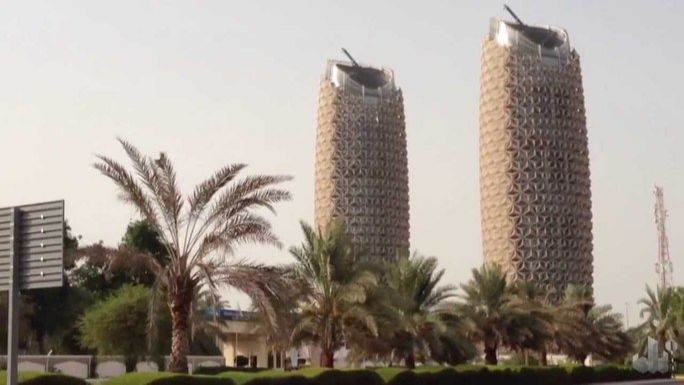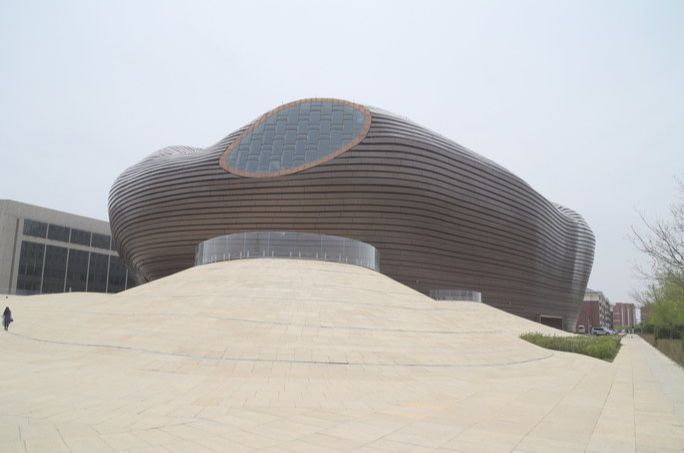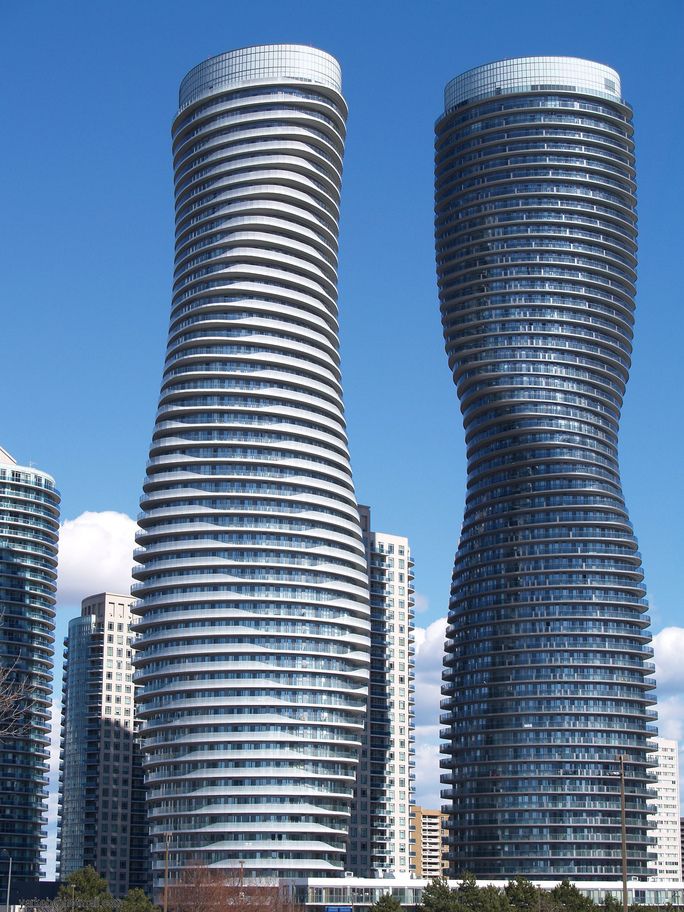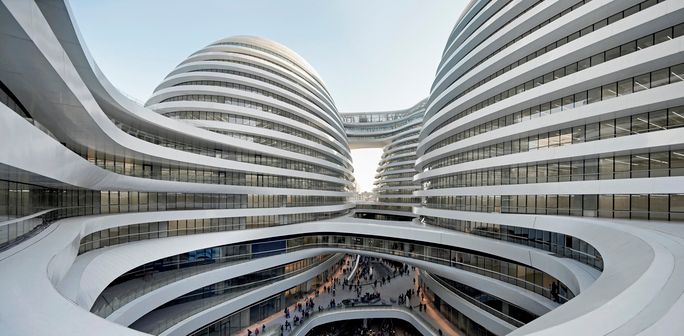
Article posted by
Monorails, hover-boards and eye-wateringly tall towers are just some of the ideas we associate with futuristic cityscapes. Whether it’s Back to the Future, Mad Max or Highlander II, filmmakers and artists have long been dreaming up their versions of future cities. But you may be surprised to learn that for some, the future is very definitely already here as what was once confined to the pages of engineering sci-fi, has become a reality. Here is our round-up of some of the world’s most futuristic buildings.
Al Bahr Towers, Abu Dhabi
The UAE has been at the forefront of futuristic design and innovation over the past decade. The Emirates are of course a playground for architects; a landscape where money is often no object has become something of a blank canvas for outlandish, futuristic design.
Sustainability is not always associated with the ethics of the UAE, yet design strategies are beginning to take heed of the need for environmental awareness. The ability to integrate the harnessing of energy into the design of a building presents huge possibilities for architects and environmentalists alike. And nowhere more so than in Abu Dhabi, where intense, year-round, sunlight is in abundance.
The Al Bahr Towers are striking not because of their height, but because of their resemblance to...a pair of pineapples. Designed by AHR, the 29-storey towers have an umbrella-like responsive façade that automatically opens and closes, depending on the intensity of the sun. In shading the building in this way the need for air-conditioning is removed, and the shades also mean that glass has been used that lets in a greater amount of light.

City & Art Museum, Ordos, China
The engineer Buckminster Fuller created a vision for a domed city in the 1960s for Manhattan, with a controlled habitat that would reduce pollution, amongst other benefits. The concept of a domed city has been used in dystopian fiction for decades, yet China’s Ordos Museum is based on the original designs; a futuristic shell to encompass the history and culture of a developing region, and embrace its future.
Like the UAE, China is also a blank canvas for architects keen to flex their creative muscles and the Ordos Museum is no exception. Having more of a resemblance to something from Outer Space than a conventional museum, the steel and concrete building forms the nucleus of this new urban development. In striving to project modernity and innovation, whilst embracing cultural heritage and history, the architects designed a seemingly solid, windowless shell that rises from the Gobi Desert, an architectural blob on this otherwise bleak landscape. The US-Chinese firm MAD designed the 41,000 square foot creation, its polished metal wrapping around this futuristic structure.

Absolute Towers, Canada
Twisting elegantly from the ground in the rapidly growing Canadian city of Mississauga are the Absolute Towers, dubbed the “Monroe Towers” thanks to their curvaceous appearance. The striking design is subversive in that it flips conventions and reverses expectations of the traditional tower block. The incrementally rotated oval floors give a gentle curve to the towers, organically twisting into the sky, to reflect the natural flow of life. The building’s apartments have panoramic views, with balconies stretching around the entire circumference, to promote a sense of community that the designers hope will bring people together, and the residents closer to nature.

Beijing Galaxy Soho, China
Beijing’s Galaxy Soho complex rises from the streets of the Chinese capital like a flowing, cornerless Starship Enterprise. Architect Zaha Hadid defines the four-building volume complex as having ‘reinterpreted the urban fabric’ of Beijing, with the design reflecting the relentless movement and flow of the city. The buildings are connected via bridges and walkways, with the lack of any corners in the building creating public spaces that reflect the traditional Chinese courtyard house and its sense of openness and neighbourliness. Again, the building has been designed with maximising natural light in mind.

What next?
With the limits of engineering continually being pushed, what will be the next revolution to make its mark on our cities of the future? Underwater hotels have hit some serious stumbling blocks, with Poseidon Undersea Resorts having delayed the opening of their flagship Fiji resort by eight years, and space hotels won’t be happening any time soon. So instead of science fiction, maybe engineers will continue to look to science to conceive of more energy efficient buildings that can encourage urban harmony, as opposed to thinking so outlandishly.
We’re here if you need help defining a role or brief, specialist insight to help shape your ideas or expert help with your recruitment process. Just get in touch to arrange a conversation with one of the team or if you’re ready for us to find the perfect person for you, send us your brief.
If you’re looking for your ideal job send your CV to us to get started or search for the latest job vacancies and we’ll get the ball rolling.